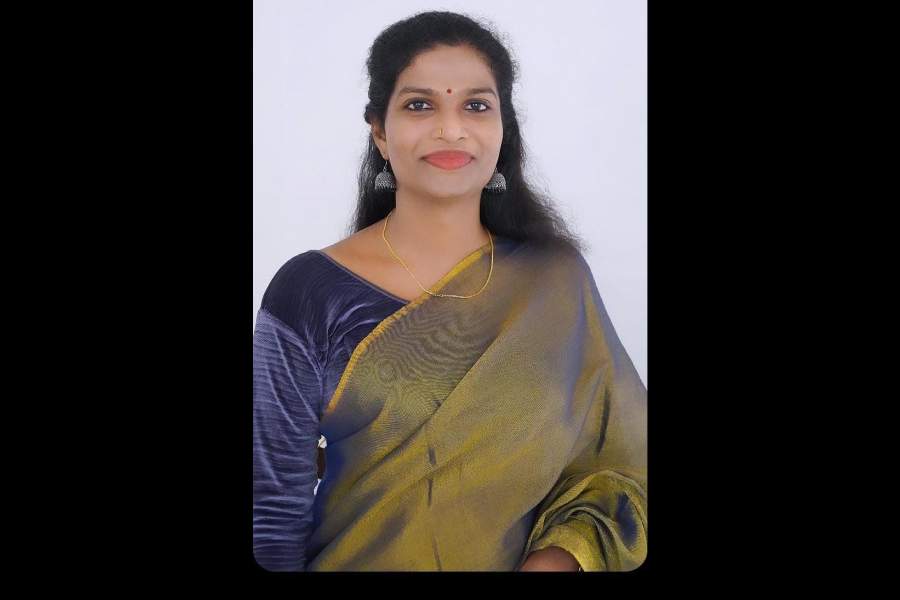The Indian Botanic Garden, Howrah, is planting 1,000 mangrove saplings along the Hooghly to protect the riverbank lining the 234-year-old garden premises.
It is a continuation of last year’s plantation drive when 2,000 mangrove saplings had been planted. In total, by August, 3,000 saplings of rare and endangered mangrove species will be planted along the 1.8-km riverbank.
The plantation drive was carried out on Monday, the foundation day of the garden, to prevent riverbank erosion, while beautifying and increasing biodiversity and conserving endangered species.
There has been a natural migration of mangroves along the riverbank over the past two decades.
The Calcutta Municipal Corporation’s water supply department had red-flagged the salinity level of the Hooghly two years ago. It was 23.17ppm (parts per million), almost 2.5 times the limit. The normal salinity level is 6-9ppm.
“Mangroves have been growing along the banks of the Hooghly naturally as the seeds from the Sunderbans moved in the river and struck root along the riverbank by the side of the Indian Botanic Garden. By another five years or so, we should have a good mangrove forest,” said A.A. Mao, director, Botanical Survey of India, who took part in the plantation drive, along with other scientists.
Of the 2,000 saplings planted last year, about 50 per cent survived, he said. “This is because of the large level of solid pollutants in the river. During high tide these debris get stuck at the saplings and kill them.”
The saplings have been supplied by Nature, Environment, Wildlife Society, an NGO, which did a feasibility study into the possibility of developing a mangrove plantation along the riverbank.
“The sundari, goran and nypa palm, which are being planted on the banks, are freshwater-loving mangroves. These species will flourish along the embankment, which has a lower salinity level than that of the Sunderbans,” said Ajanta Dey, joint secretary and programme director of Nature, Environment, Wildlife Society.
“The saplings have been grown and nurtured by local women self-help groups,” she said.











